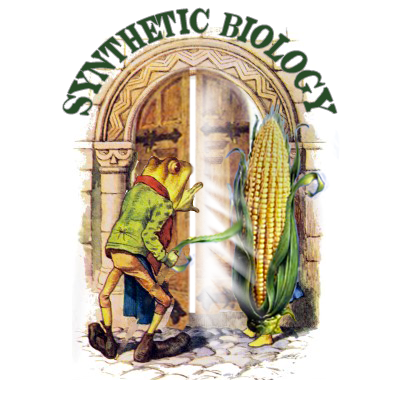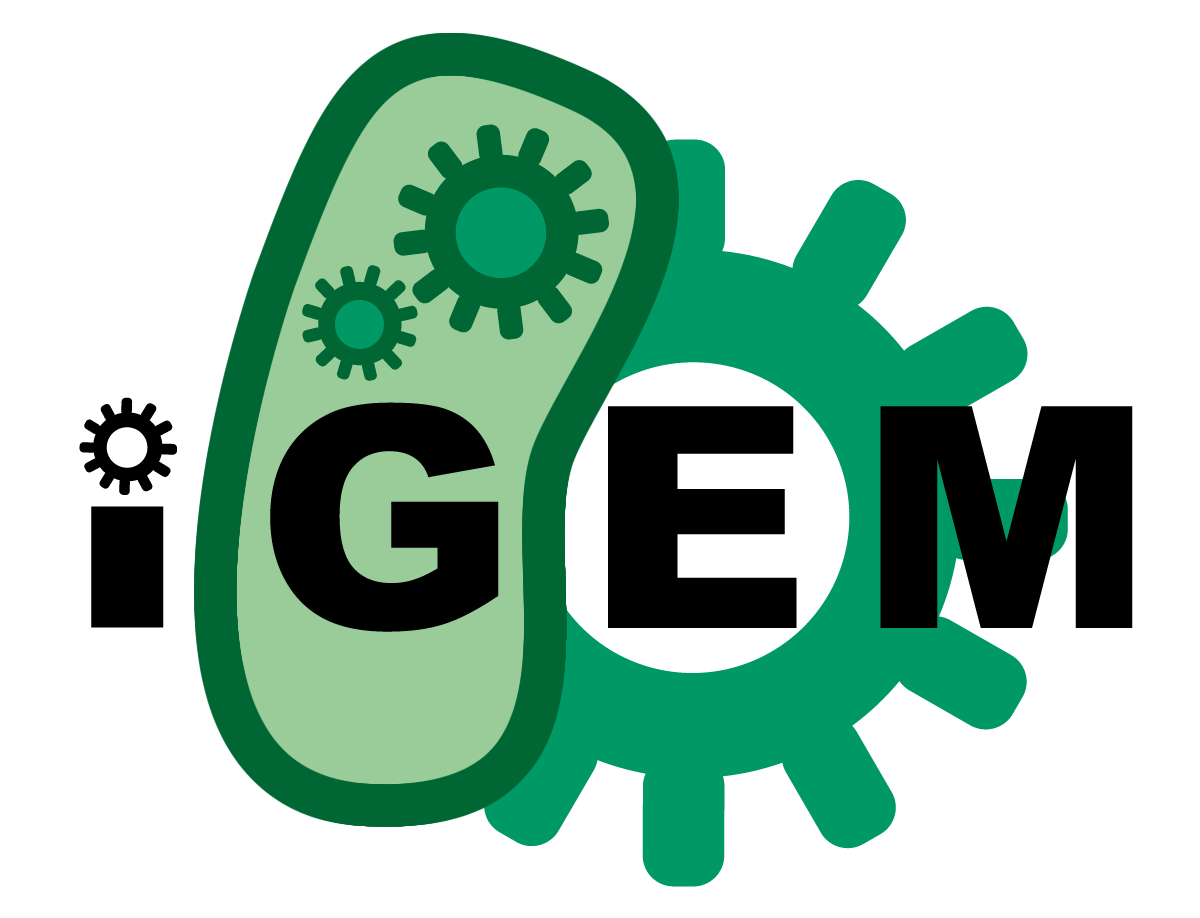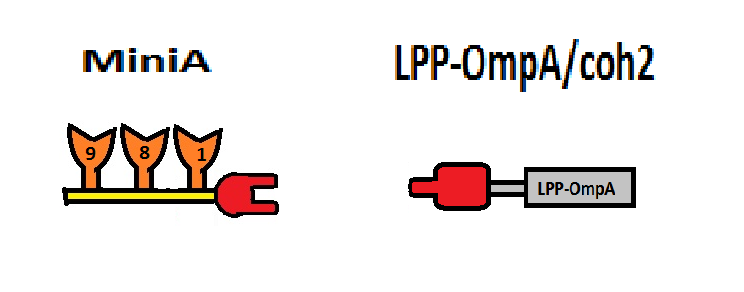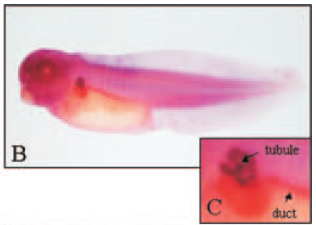Team:Evry/FrenchFrog
From 2012.igem.org
The French froggies: an artificial hormonal system in tadpoles
|
|
|
Establishment of a new chassis
So far, synthetic biology has mostly focused on bacteria, since they are simple to engineer. iGEM teams and laboratories have worked on unicellular organisms in order to understand the underlying biology and have developed an impressive database of molecular parts. Some work has also been done on engineering mammalian cells and a few iGEM teams have followed this trend. Synthetic biologists are now imagining the rational design of multicellular organisms with numerous applications ranging from gene therapy or drug production to environmental monitoring. This year, our team would like to be part of that challenge.
Frogs, as well as nematodes, flies and mice have been used for a long time as model multicellular organism, and a range of genetic tools and injection methods have been developed for them. However, very little work has been done in engineering de novo systems in these organisms.
This year, the Evry iGEM team is going to be the one of the first iGEM team to work on a vertebrate. Our work is focused both on developing a system for intercellular and inter-tissue communication, and creating the tools for the iGEM community to easily express genes in specific tissues. We believe the tadpole is a chassis of choice for iGEM on multi cellular organisms, as experiments can be conducted in one week using microinjection methods. We hope to demonstrate the feasibility of engineering Xenopus in one summer for an iGEM project, and to create a great tool for multicellular synthetic biology: A synthetic, orthogonal hormonal system.
Engineering a new orthogonal hormonal system
A hormone (from Greek ὁρμή, "impetus") is a chemical released by a cell or a gland in one part of the body that sends out messages that affect cells in other parts of the organism. In essence, it is a chemical messenger that transports a signal from one tissue to another. In a synthetic biology approach, it is a communication device, and an extensive work has been done on bacteria to engineer such systems, mostly using quorum sensing molecules. Our project this year is to use the plant hormone Auxin as a synthetic hormone in Xenopus tropicalis . As there is no evidence that auxin is present naturally in animal cells, we hope it can be used as an orthogonal hormonal system.
We had to choose two organs for inter-tissue communication. The choice of these organs has been set on the specific properties of the tissues in term of function and blood irrigation as well as on the existence of reported functioning tissue specific promoters. As an emitter, we chose to use the skin, and as a receiver, the kidney or muscles (further experiments are needed to choose between them). We are going to describe the reason of these choices now.
In order to trigger the emission of auxin in our system we wanted to add a chemical in the tadpole's water that will activate an inducible promoter. The most exposed tissue to the chemical environment is probably the epithelium, because of the important surface exposed to the water. The tissue is also highly vascularized, which is important to achieve a high concentration of auxin in the blood. An important library of promoter has also been identified for this tissue.
The problem of introducing a non-native hormone is that the kidney is likely to eliminate it from the blood. The kidney works as an inverted filter, in the sense that it takes all molecules out of the blood, then reintroduces only the one it knows, and our hormone does not necessarily belongs to these. Therefore, we anticipate that the course of our molecule will end up there and it will be one of the places where it will be most concentrated. This organ seems to be a good place for expressing our receiver system, since good kidney specific promoters are known. Nevertheless, due to the natural luminescence properties that could hide reporters' expression, we may target muscles whose natural luminescence is smaller and whose very important irrigation makes it sensitive enough.
This project is the first known example of a rationally designed hormonal system in a multicellular organism. On top of being an important technological achievement, it would provide us the capacity to engineer communication systems in multicellular organisms, which is essential if synthetic biology is to move on to higher organisms. In the short term, it would allow the development of complex multicellular biosensors, then allow us to create complex, multicellular circuits.
Using the auxin as an orthogonal hormone
The molecule we have choosen to use is a plant hormone called auxin (IAA), well known for beeing responsible for the plant and the roots growth. A very extensive work has been done on this hormon in E. coli and Arabidopsis Thaliana last year by the 2011 Imperial College of London iGEM team.
Auxin is a molecule of choice for working on tadpole. It is amphiphilic and hydrophobic so has a good chance of crossing the biological membrane easily, and its toxicity is reported to be very weak. It can be synthetized in a two steps pathway from a tryprophane precursor and a cytosolic receptor for this hormone from the rice has been shown to work in yeast, chicken and mammalian cells successfully [1].
The first part of the project consists in reengineering the auxin biosynthetic pathway for it to work in the tadpole. Once the system is functional, we will put it under the control of an inducible skin specific promoter. We anticipate that the auxine produced diffuses through the membrane, gets into the blood and reach the receiver in the kidney.
Auxin Inductible Degron system
One key requirement for the creation of a synthetic hormonal system was to find a cytosolic hormone receptor. We came across a very ingenious system developped by Masato Kanemaki's laboratory coming from rice patented its use in mammalian cells [2] but not in tadpoles.
This system is based on the E3 ubiquitinase SCF-TIR1, that is capable to recognise a GFP tagged with the AID degron in the presence of auxin. When auxin is present in the cytosol, TIR1 binds to the degron and recruits the E2 ubiquitinase. This then adds the ubiquitin tag to the GFP, which is then degraded by the proteasome. This will result in a decrease in the fluorescence of the tissue.
The first step of this part of the project is to reconstruct the TIR1-degron system in the tadpole under the contol of a CMV promoter and test if the system can react to the auxine diluted in the tadpole's bath. Then, we will test the system in combination with auxin synthesis genesm the finally move the degron system in a different tissue than the auxin production system, to test whether the auxin can travel through the blood.
Modeling, Human practice and Safety
Models of integrated systems at the organism level have been created before, with physiological models for example. However, we will create the first synthetic physiological function model. In this work, using a combination of differential equation and agent based modelling we want to tackle the entire system, and provide modelling tools and ideas for the future generation of iGEMers that are going to work on multicellular organisms.
We are also aware that our project raises a lot of ethical and safety questions that we cannot leave unaddressed. Please visit our Safety and Human practice pages for more details.
References:
- Inducible control of tissue-specific transgene expression in Xenopus tropicalis transgenic lines., Chae J., Zimmerman L.B., Grainger R.M., Mechanisms of development 117:1-2, 2002
- Xenopus: a prince among models for pronephric kidney development., Jones E., JASN 16:2, 2005
- An auxin-based degron system for the rapid depletion of proteins in nonplant cells, Nishimura K., Fukagawa T., Takisawa H., Kakimoto T., Kanemaki M., Nature Methods 6:12, 2009
 "
"









